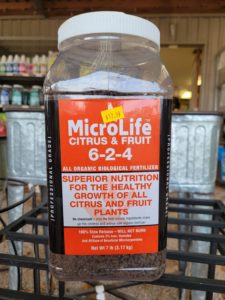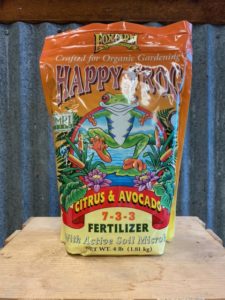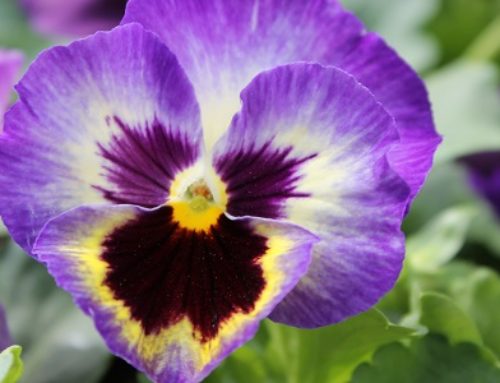Annuals and Perennials
Now is the time to plant warm season annuals and perennials. Their root systems will have a chance to become established before the summer heat sets in, and hand watering will be easier when temperatures are cooler. Be ready to protect your newly planted/tender plants with frost cloth just in case we get a late freeze. The average last frost in Burnet County is March 15.
Some of my favorite plants to add instant color to the winter-worn landscape or to your containers are marigolds, geraniums, gerbera daisy, purslane, portulaca, bougainvilleas, impatiens, coleus, sweet potato vine, nemesia and even succulents.
Geraniums, petunias and gerbera daisy especially like the spring and fall. Be sure to move them to part shade in the summer months.
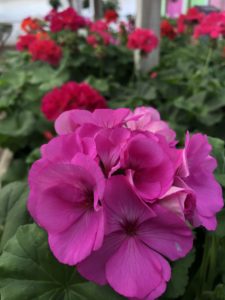
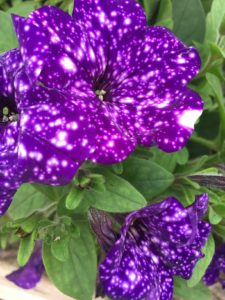
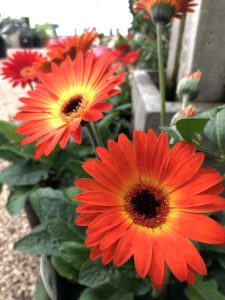
Always use a good quality potting soil such as Happy Frog potting soil for planting in pots, and use composts such as Heirloom Leaf Mold Compost or Happy Frog Soil Conditioner for planting in the ground. Incorporate fertilizer such as Happy Frog 5-8-4 Fruit and Flower at the time of planting and top-dress with fertilizer monthly during the growing season.
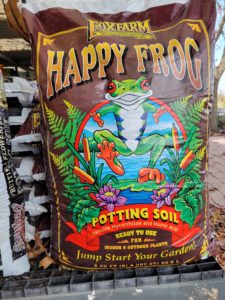
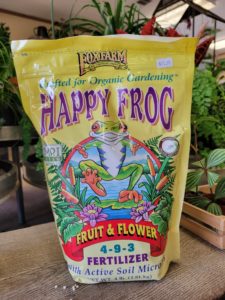
Vegetables
The following vegetables may be direct-seeded into the garden in the early part of March: English peas, beans (bush or pole) carrots, corn, radishes, lettuce, turnips, parsnips and spinach. If it is a late spring you can still plant asparagus crowns and potatoes, but they need to get into the ground ASAP.
Plant transplants of eggplant, tomatoes, and peppers after March 15th. You can always get these going early in containers, protecting them from cold weather, and have a “super-size” transplant which will produce more than those small transplants planted at the same time.
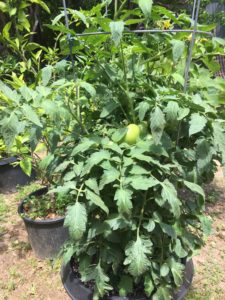
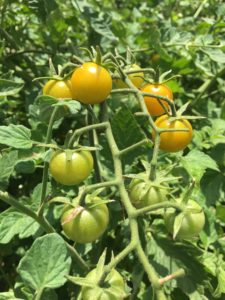
For more information on growing tomatoes, consult our “Tomato Tips” by clicking HERE.
When the ground temperatures warm up late in the month it is time to plant cucumbers, squash, zucchini, cantaloupe, watermelon and southern peas.
Trees and Shrubs
Replenish mulch on beds AFTER the soil has warmed up to conserve moisture and deter weeds. Be sure to pull the mulch back from the stems and trunks of plants to prevent injury to the plant.
March is the golden month to plant Roses. Watch for Knockout roses, Drift Roses and tough roses such as ‘Grandma’s Yellow’ and ‘Belinda’s Dream’ that Texas A & M has designated as ‘Earth Kind’ roses. These roses stand up to our Texas-tough growing conditions and have proven to be disease resistant and low maintenance.
Watch for diseases such as black spot and powdery mildew on your roses. Avoid night time and overhead watering when possible, as water on the leaves can contribute to disease. Clean up infected leaves and consult our staff for recommendations on control.
Lawns
Now is the time to do an “Irrigation Audit”. Make sure your system is working properly BEFORE the heat hits!
Read about how to do an irrigation audit HERE.
Fertilize lawns with an organic form of fertilizer this month. We recommend MicroLife 6-2-4, or MicroLife Ultimate 8-4-6, which has beneficial microorganisms and mycorrhizal fungi to assist in uptake of water and nutrients. Organic nitrogen is not water-soluble and requires microorganisms to break it down to a usable form. Because of this we need to apply it sooner than chemical forms of nitrogen.
If you choose to use a non-organic fertilizer, wait until you have mowed your lawn 2-3 times before applying it, usually in mid-April. High nitrogen fertilizers and “weed and feed” products are NOT recommended in Central Texas, as they both contribute to the incidence of “Take-all Patch Fungus”. The post emergent herbicide in “weed and feed” can damage tree roots and weaken your trees. Weakened trees are more susceptible to borer insects and disease.
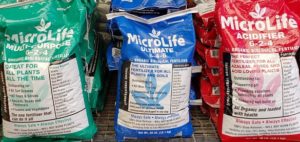
If you have not applied pre-emergent herbicide yet to prevent warm-season weeds from germinating, do it soon. Use HiYield Turf and Ornamental with Dimension and water-in with 1/2″ of water to activate. Be sure to measure your lawn so that you can apply it correctly.
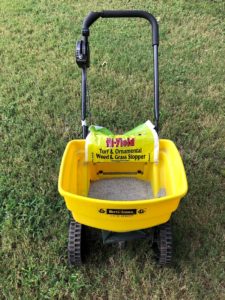
If using the organic pre-emergent Corn Gluten, use at the rate of 20#/1000 sq.ft and water-in with 1/2″ of water. Do not allow rain or irrigation to wet it again for 4-5 days after activation, or it will not be affective.
Fruits and Nuts
Fertilize established fruit trees with MicroLife 6-2-4 as soon as they begin to leaf out. Remember to apply water and fertilizer out to the “drip-line” of the tree, and not just by the trunk.

Pecans will always be later to leaf out, and if you plan to spray with zinc sulfate this year, remember to do it just as the leaves begin to appear. Avoid spraying in the heat of the day. Re-apply every 2-3 weeks until the first of June. Zinc is one of the most important applications made to pecan trees, and since timing is very important, try not to miss this window of opportunity.

Citrus should be fertilized when new growth appears. Use MicroLife Citrus and Fruit or Happy Frog Citrus and Avocado fertilizer.
